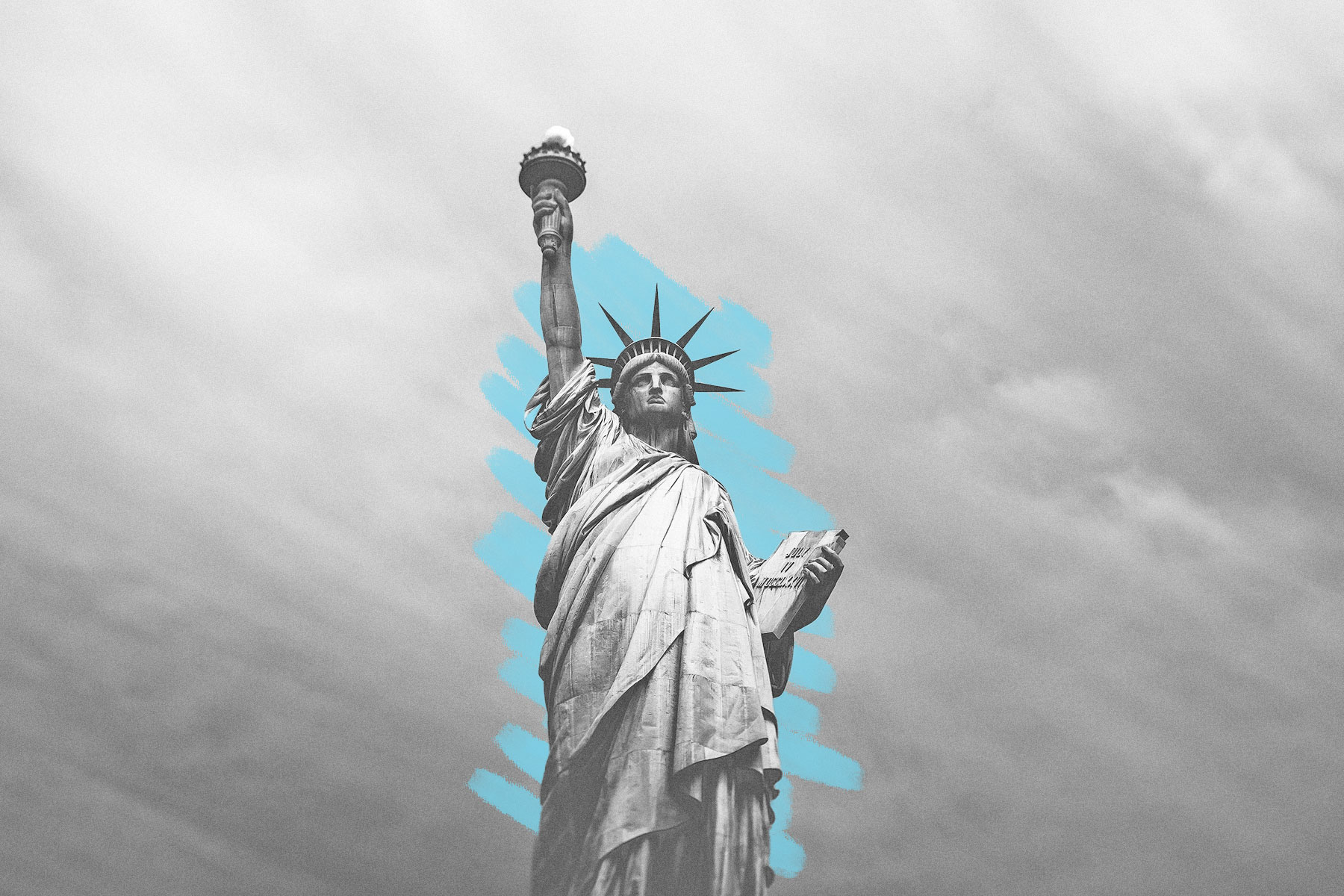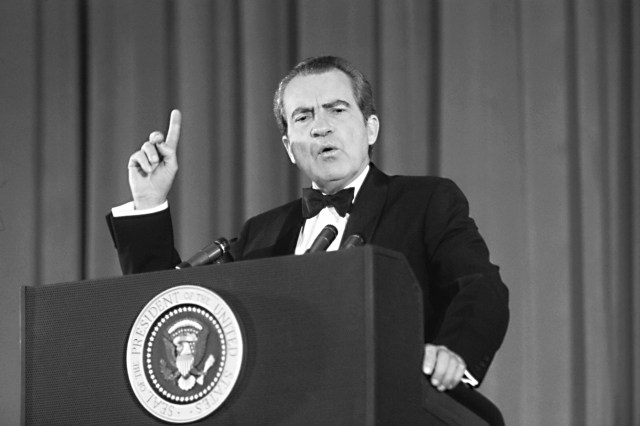Suffragists protested the Statue of Liberty.
Upon its unveiling on October 28, 1886, the Statue of Liberty became one of the most recognizable figures in the world. But at the same time that “Lady Liberty” became an enduring symbol of freedom, the statue also stirred controversy, as early women’s rights activists decried the irony of using a female figure to represent liberty at a time when American women did not yet have the right to vote.
Members of the New York State Woman Suffrage Association were denied tickets to the statue’s unveiling on Bedloe’s Island, now known as Liberty Island, on the grounds that they were “unaccompanied women.” So, instead, around 200 women who were involved in the fight for women’s rights chartered a boat, joining the nearly 1 million onlookers who had gathered on the harbor to celebrate. Protesters, led by pioneering suffragist Matilda Joslyn Gage, held up signs and banners; “American women have no liberty,” one sign read. Gage called the statue a “gigantic lie, a travesty, a mockery,” and “the greatest sarcasm of the 19th century.” As the suffragists sailed around the periphery of Liberty Island, the official unveiling was attended by between 2,000 to 2,500 men — and, it’s believed, just two women, who were there with their husbands or fathers.















